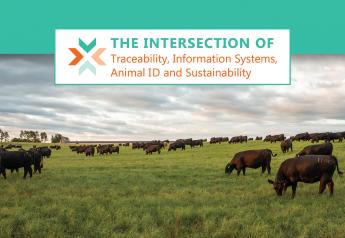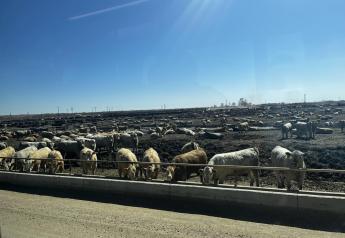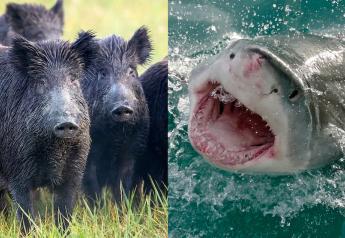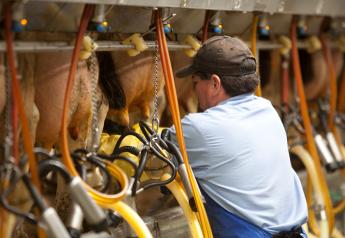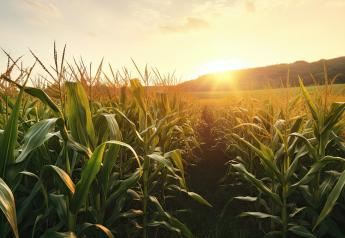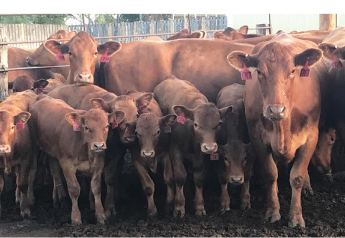Forage Testing is Good Management
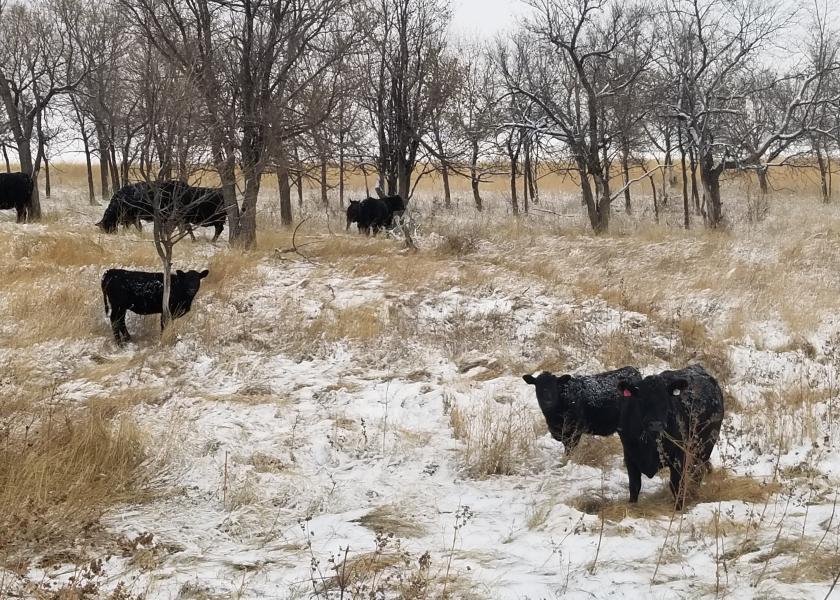
All living things require nutrients for survival. The most basic of these are protein, energy, vitamins, minerals and water. Testing forage and feed for nutrient quality helps ranchers ensure they are meeting nutrient requirements for optimum beef cattle performance.
“Compared to a human, a beef cow needs to be supplied with a massive amount of nutrients daily to meet requirements for movement, fetal growth, temperature maintenance, digestion, milk production and other functions,” says James Rogers, North Dakota State University Extension forage crops production specialist.
Young cows require additional nutrients for body growth until they reach maturity. Thin cows require additional nutrients to restore body condition. For beef cowherds, forages (grazed pasture and range, hay, silage) are the backbone for meeting this nutrient demand.
Protein content is the first nutrient ranchers must consider in forage. In the rumen of the cow, bacteria require protein in order to efficiently and completely digest forage. If protein levels are not meeting animal requirements, forage intake is reduced and forage digestion can be incomplete, which limits intake of other nutrients such as energy.
Once protein requirements are met, the focus should be on meeting the cow’s needs for energy, which is required by the cow in the largest volume of all nutrients and often gets overlooked, says Rogers. A common term for expressing the energy requirement of the cow is total digestible nutrient (TDN). TDN requirements can be expressed as pounds per day required or as a percentage of the daily dry matter intake.
“TDN works well for ration balancing and for describing energy content of a feed or forage,” says Rogers. “However, it does not give you a real feel for the volume of energy required by a beef cow. A more descriptive term is a calorie, which describes the amount of energy required by an animal or the amount of energy supplied by a feed source.”
In beef nutrition, net energy for maintenance (NEm) and/or net energy for gain (NEg) describes these values. NEm describes energy requirements for daily cow maintenance. If any energy is left over after maintenance needs are met, it goes to NEg.
The unit of measurement for net energy in beef cow requirements is a megacalorie (Mcal). Human energy needs are also expressed in calories but in kilocalories (kcal). A human male needs 2,700 kcal each day or 2.7 million calories per day (1 kcal = 1,000 cal). By comparison, a 1,200-pound cow in the middle third of pregnancy requires 9.1 Mcal/day for NEm. A megacalorie is 1 million calories, meaning 9.1 million calories must be supplied every day to meet this cow’s maintenance energy requirements.
“When this same cow moves from the middle third to the last third of pregnancy, the NEm jumps from 9.1 Mcal to 12.0 Mcal daily,” says Rodgers. “That is 12 million calories per day just for maintenance or roughly 1,091 cups of salad, assuming that a cup of salad contains 11,000 calories.”
Another leap in energy requirements occurs when the cow moves into calving and lactation. Then NEm goes from 12.0 to 18.6 Mcal if the cow is producing 25 pounds of milk per day. As nutrient requirements increase, forage quality and/or supplementation should increase. A forage that barely met nutrient requirements at the middle third of pregnancy will no longer meet requirements at calving.
These numbers do not consider temperature, wind, mud, snow or other environmental factors that can further swell requirements. Testing forage and feed for nutrient quality provides ranchers with the knowledge of what nutrients they are supplying to their cattle on a daily basis.
Echoing the saying of an old football coach about the forward pass, Rogers says that there are three possible outcomes for not testing forages, and two are bad.
“The first possible outcome is that you are underfeeding or undersupplementing, which will cost performance and profit,” says Rogers. “Second, you may be overfeeding, which costs you extra money. The final possible outcome is that you might, by chance, have it right. Take out the chance and put in the ‘know’ with feed and forage testing.”


